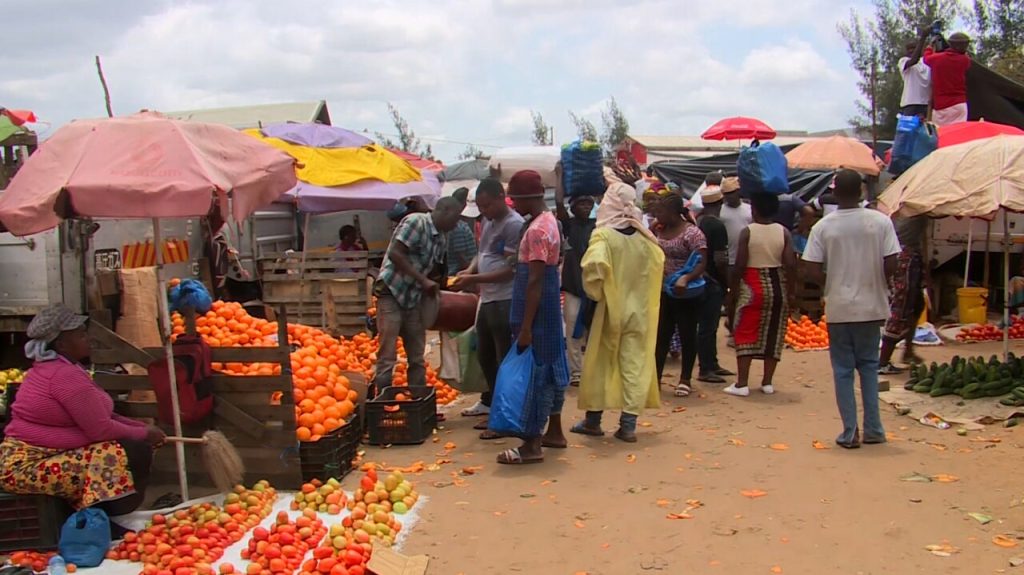The Food and Agriculture Organisation (FAO) of the United Nations said Friday that the price of food commodities fell 2.1% globally in 2024 compared to the year before. But prices are still much higher than they were before COVID-19.
A decrease of 2.6 points, or 2.1%, from the average value in 2023 was recorded in 2024 when the FAO’s overall Food Price Index averaged 122.0 points.
Food prices increased in 2024 despite this annual decline; the index went from 117.6 points in January to 127.0 points in December, representing a 6.7% increase over the year, driven by rising prices for meat, dairy, and vegetable oil.
A group of commonly traded food commodities have their international prices tracked by the FAO on a monthly and global basis.
Despite a minor decline from 2023 to 2024, prices are still about 26% higher than they were five years ago.

Due to disruptions in commerce, food costs originally fell during the COVID-19 epidemic, but when the world economy recovered, they surged amid rising inflation.
Prices reached all-time highs after Russia invaded Ukraine in February 2022, since both countries are significant suppliers of wheat. However, prices were able to decrease until early 2024 due to attempts to maintain shipments.
Significant declines in the prices of sugar and cereal were substantially responsible for the decline in the average value of the index between 2023 and 2024, according to the FAO.
Compared to 2023, cereal prices dropped 13.3%, and the FAO’s Sugar Price Index dropped 13.2%. A 9.4% increase in the vegetable oil Price Index somewhat countered these decreases.


